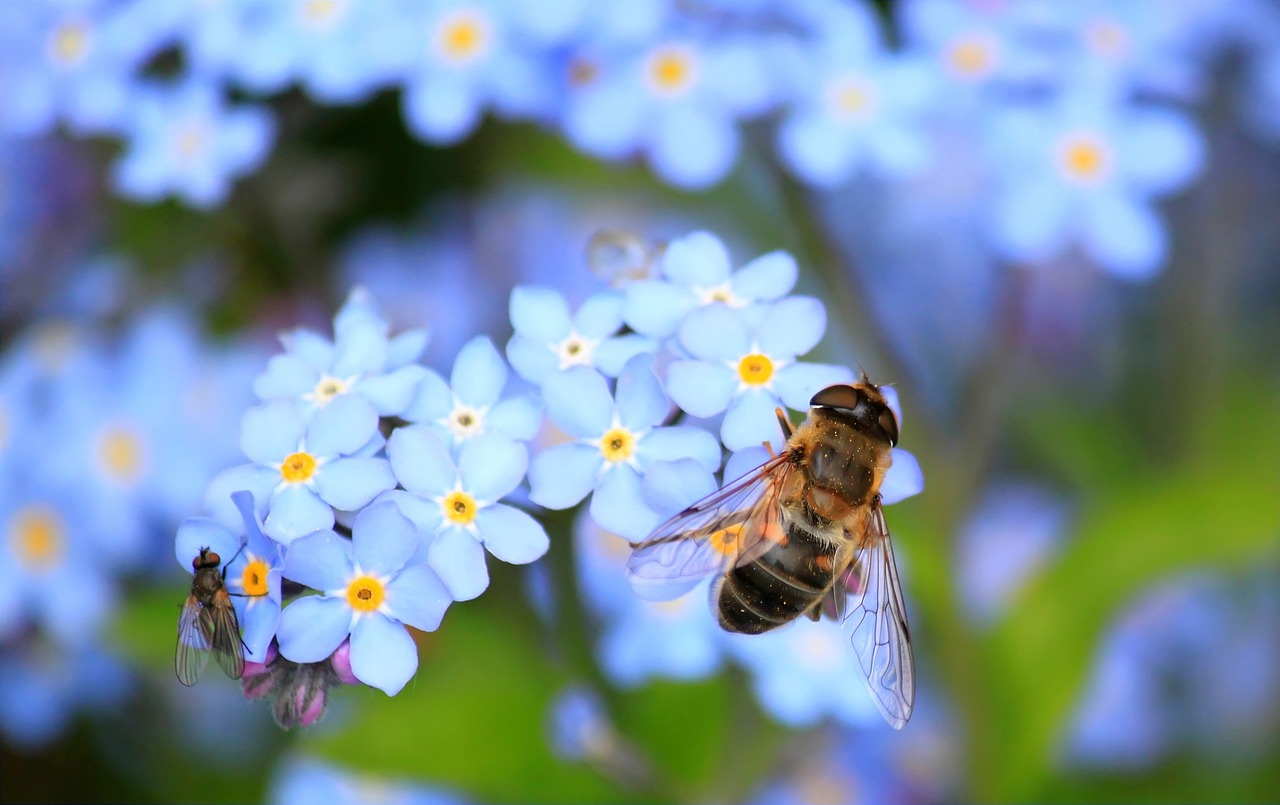The collapse of insect populations, almost everywhere in Europe, is the most terrifying element of the unfolding environmental crisis. Insects are essential to the functioning of our planet’s ecosystems, and their decline has potentially catastrophic consequences for food production, wildlife, and the overall health of the environment. This article will explore the causes and effects of the insect population collapse, as well as what we can do to mitigate this crisis.
Table of Contents
ToggleIntroduction
Insects are the most abundant and diverse group of animals on Earth. They play crucial roles in pollinating plants, recycling nutrients, and providing food for other animals. However, in recent years, we have witnessed a rapid decline in insect populations across Europe, and this has raised concerns among scientists, policymakers, and environmentalists. This article aims to shed light on this issue and its implications for the environment and our society.
Causes of Insect Population Collapse
Several factors contribute to the collapse of insect populations in Europe. These include habitat loss, climate change, pesticide use, and light pollution.
Habitat Loss
The destruction of natural habitats is a major driver of insect population decline. As human activities continue to alter landscapes, the availability of food, shelter, and breeding sites for insects diminishes. For example, the conversion of grasslands to agricultural land or urban development leads to the loss of diverse plant communities that support a variety of insect species.
Climate Change
Climate change is another significant factor affecting insect populations. Changes in temperature and rainfall patterns alter the timing of plant flowering and insect emergence, disrupting the intricate relationships between them. This can cause declines in pollinator populations, which, in turn, can impact food production and the health of ecosystems.
Pesticide Use
Pesticides are chemical compounds used to control pests in agriculture, forestry, and urban areas. However, the indiscriminate use of pesticides can harm non-target species, including beneficial insects like pollinators. Pesticides can also accumulate in the environment, contaminating soil, water, and air, and causing long-term damage to ecosystems.
Light Pollution
Light pollution refers to the excessive artificial lighting that disturbs natural light-dark cycles. It can disrupt the behavior and physiology of insects, including their ability to navigate, mate, and feed. For example, streetlights and building lights can attract and confuse nocturnal insects, leading to their death or reduced reproductive success.
Effects of Insect Population Collapse
The collapse of insect populations has far-reaching consequences for the environment and society. Here are some of the most significant effects:
Impact on Food Production
Insects play a vital role in pollinating crops, and their decline can severely impact food production. In Europe, more than 75% of food crops depend on insect pollination, and the loss of pollinators could cause significant reductions in crop yields and quality.
Disruption of Ecosystem Services
Insects are crucial to the functioning of ecosystems, providing essential services like pollination, decomposition, and nutrient cycling. The decline of insect populations can disrupt these services, leading to cascading effects on other species and the environment as a whole.
Threat to Biodiversity
Insects make up a significant proportion of global biodiversity, and their decline can lead to the loss of valuable genetic resources and ecological niches. This can also impact other species that depend on insects for food or other services.
Human Health Implications
Insects also play a role in human health, acting as vectors for diseases like malaria, dengue, and Lyme disease. The decline of certain insect populations, like mosquitoes or ticks, could reduce the spread of these diseases. However, it could also disrupt food webs and ecological balance, leading to unintended consequences for human health.
Mitigation Strategies
To address the collapse of insect populations, we need to adopt a multi-pronged approach that addresses the underlying causes of the crisis. Here are some mitigation strategies that could help:
Habitat restoration: We need to protect and restore natural habitats that support insect populations, such as grasslands, wetlands, and forests. This can be achieved through measures like rewilding, agroforestry, and urban greening.
Sustainable agriculture: We need to adopt more sustainable agricultural practices that minimize the use of pesticides and support pollinators. This can include practices like crop rotation, agroforestry, and integrated pest management.
Climate action: We need to take urgent action to mitigate and adapt to climate change, including reducing greenhouse gas emissions and investing in climate-resilient infrastructure.
Light pollution reduction: We need to reduce light pollution by using energy-efficient lighting, installing motion sensors and timers, and shielding outdoor lights to minimize their impact on nocturnal insects.
Public awareness: We need to raise public awareness about the importance of insects and their role in ecosystem functioning. This can include education campaigns, citizen science projects, and community engagement initiatives.
Conclusion
The collapse of insect populations in Europe is a major environmental crisis that demands urgent action. It has far-reaching consequences for food production, biodiversity, and human health. Addressing the underlying causes of the crisis will require a coordinated effort from governments, businesses, and civil society. By adopting sustainable practices and investing in conservation and restoration measures, we can help mitigate the crisis and ensure a healthier and more resilient planet for future generations.







